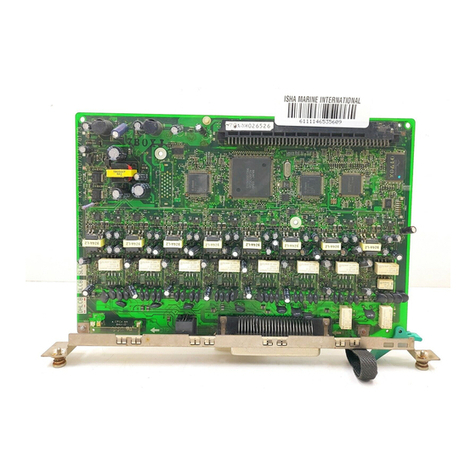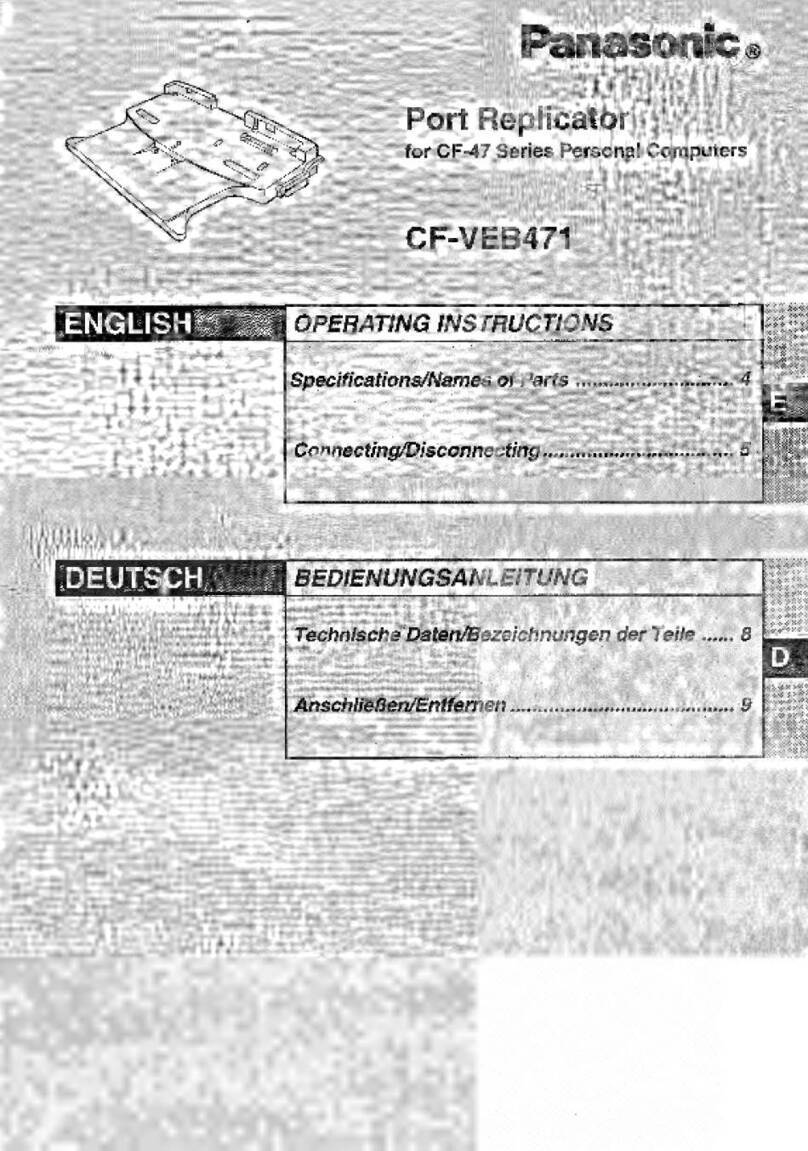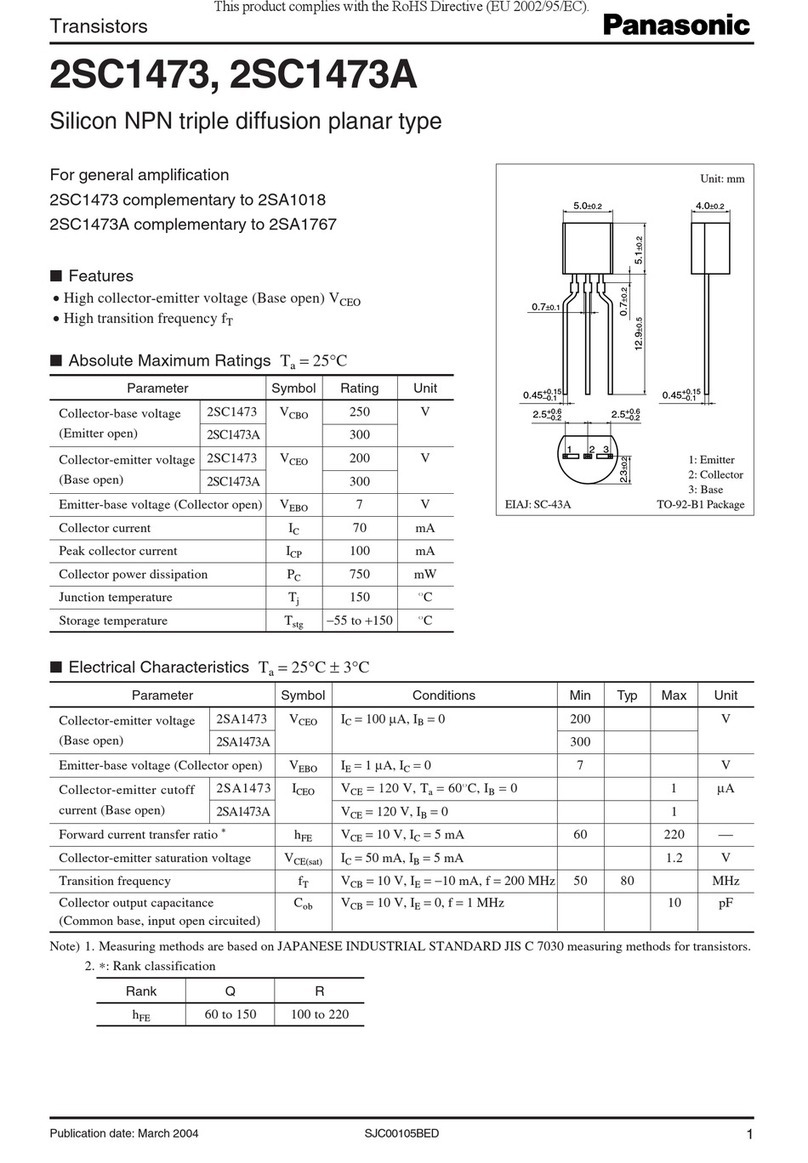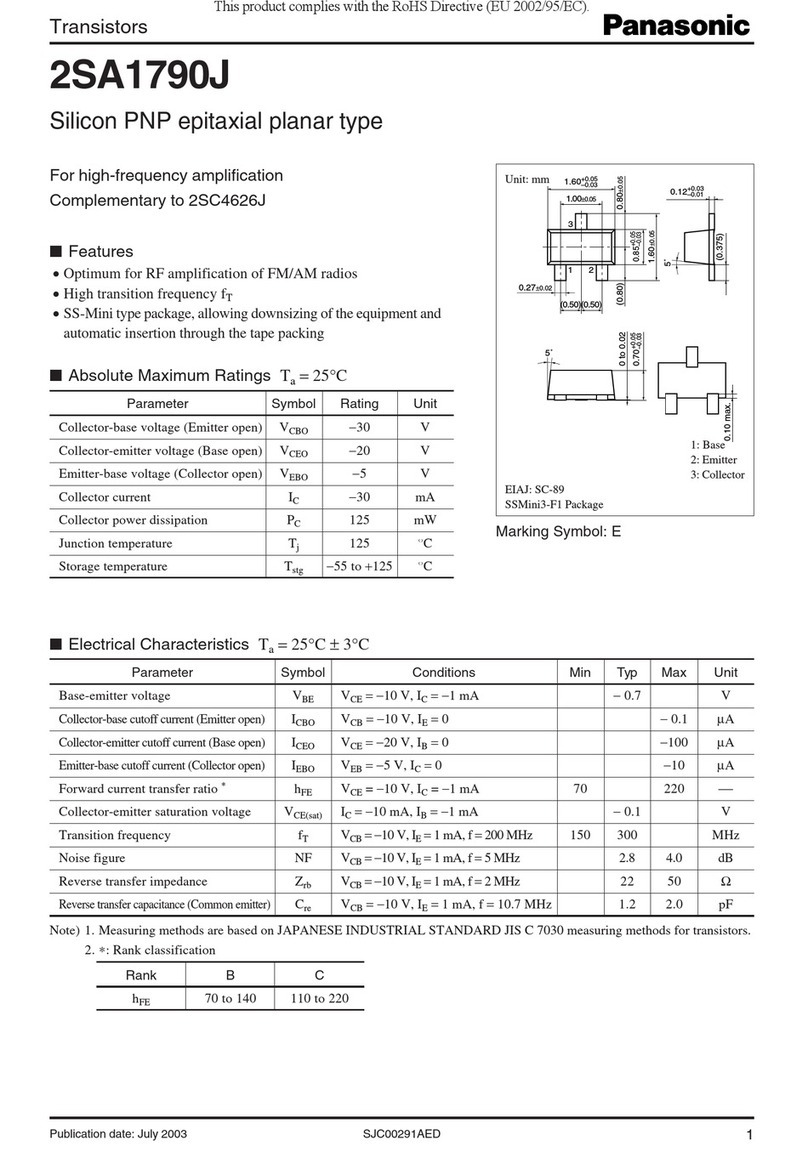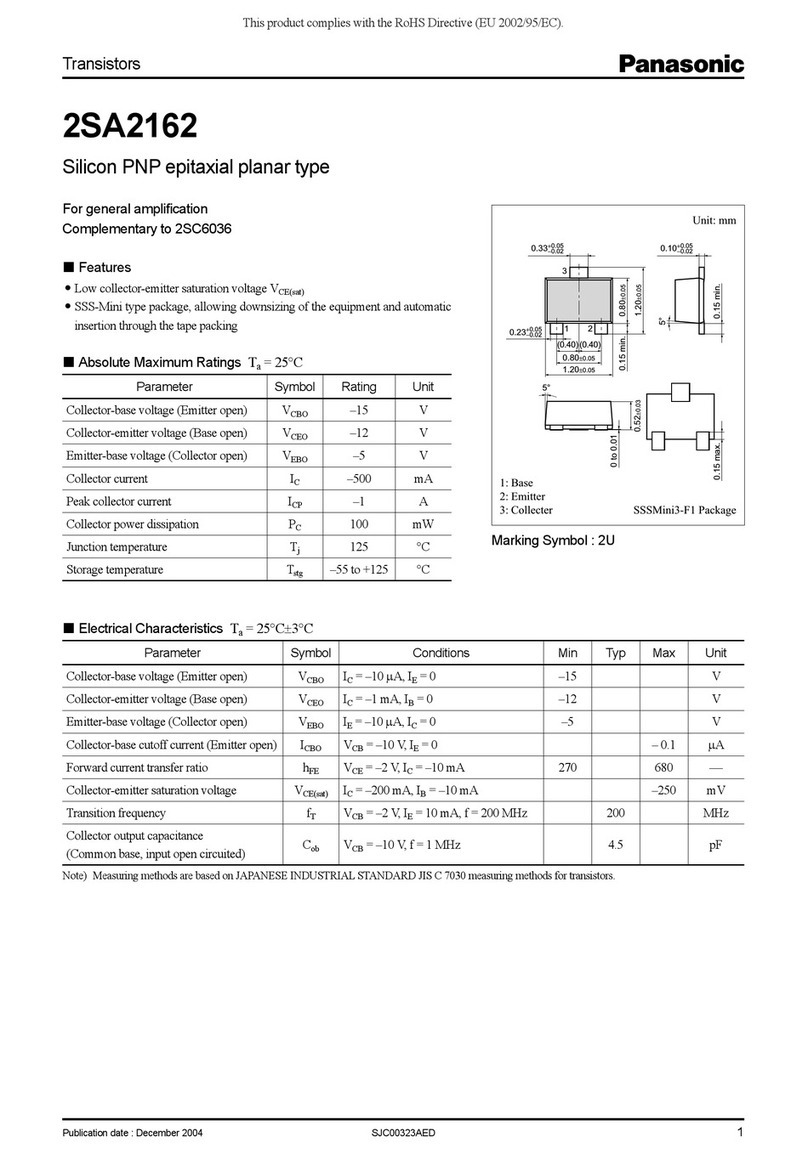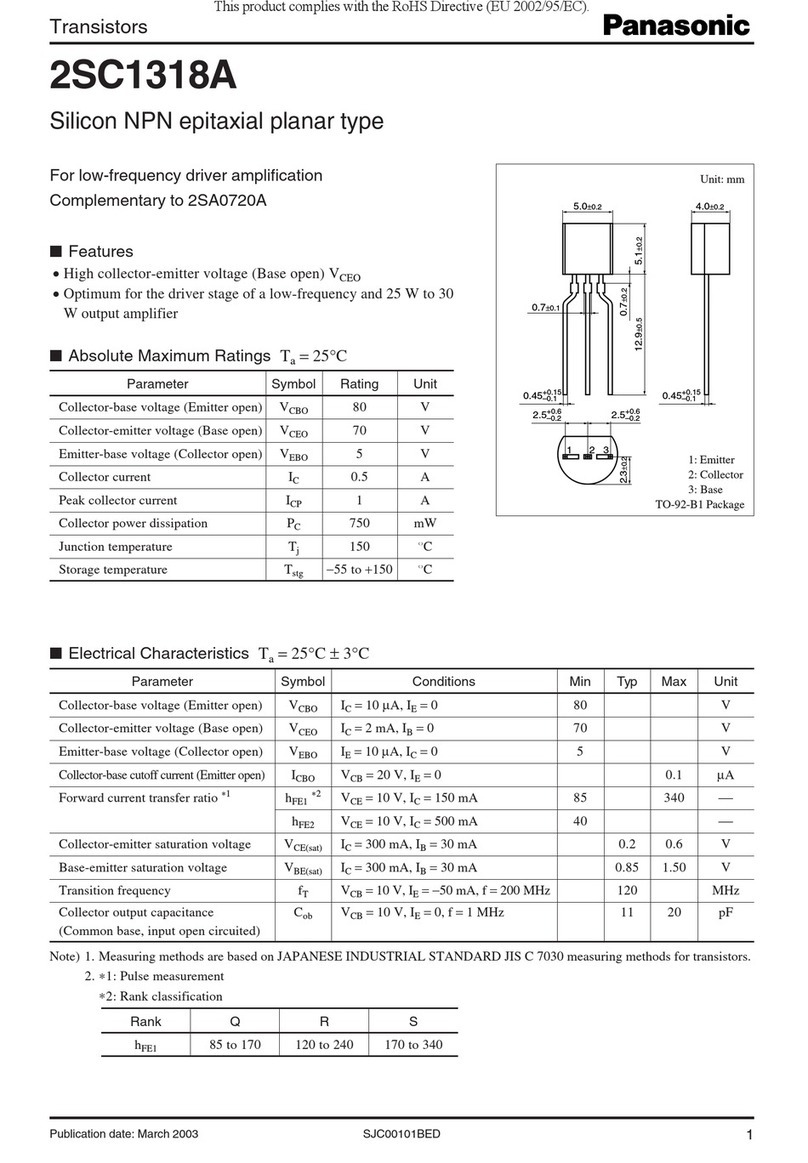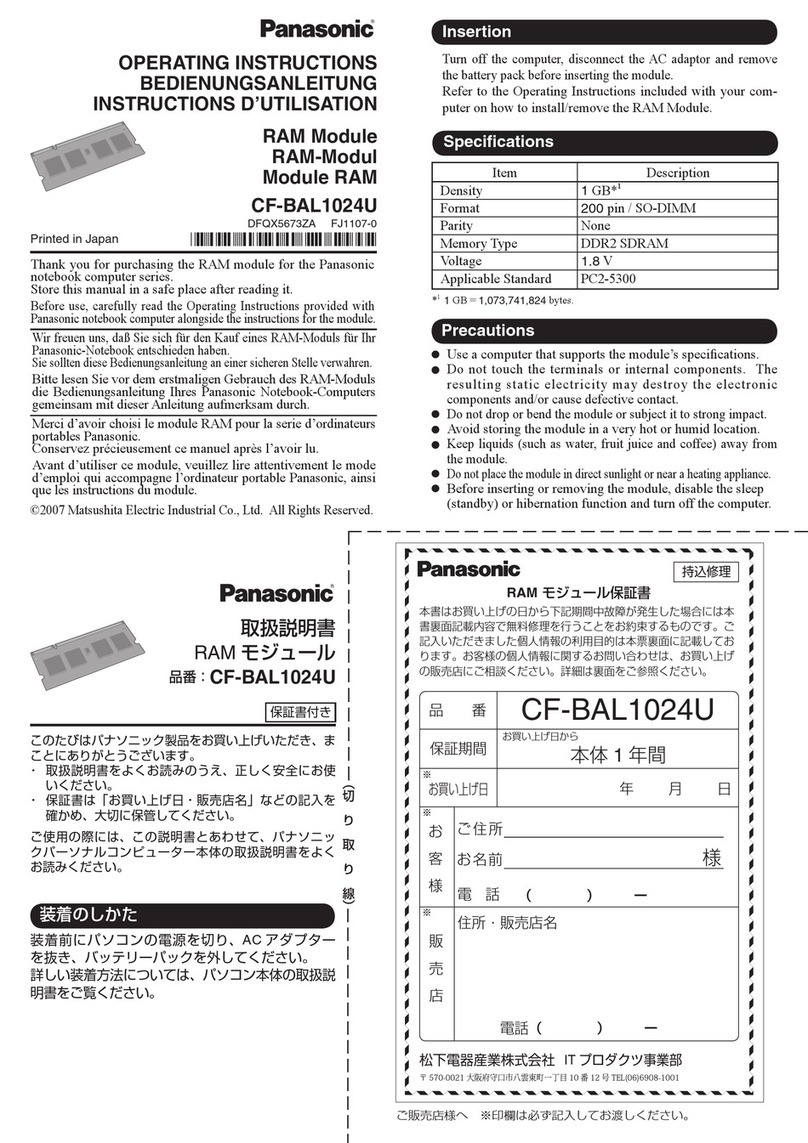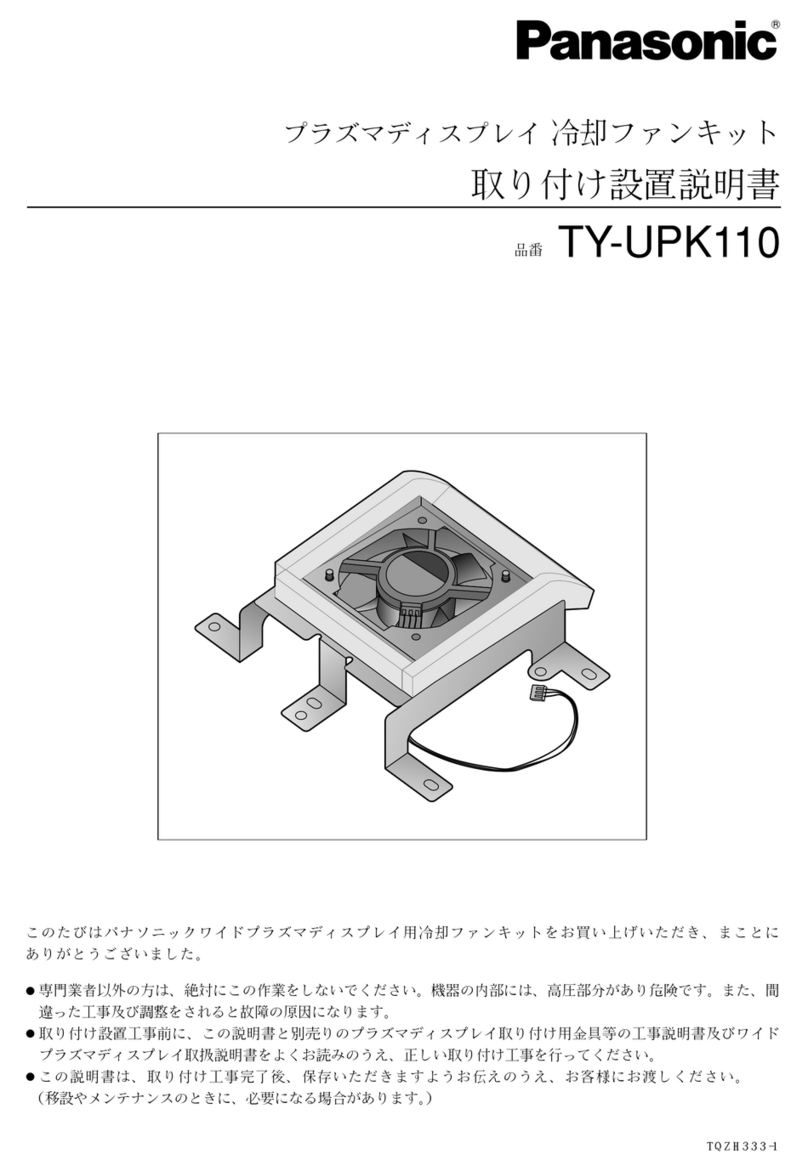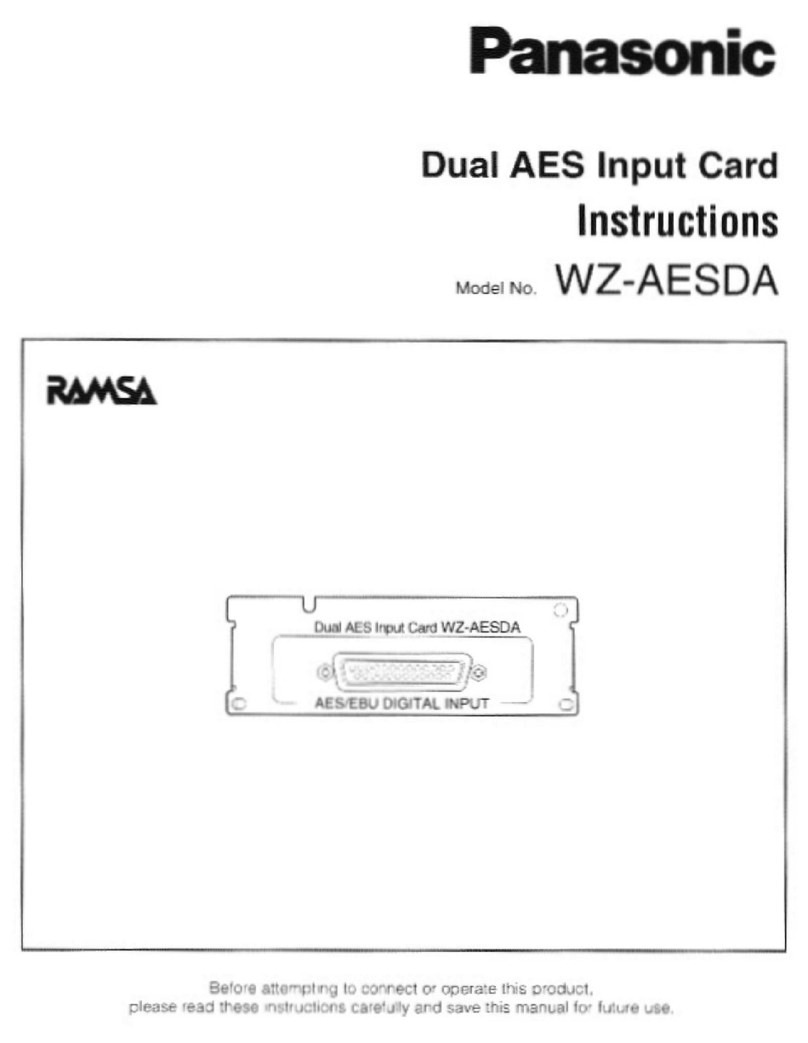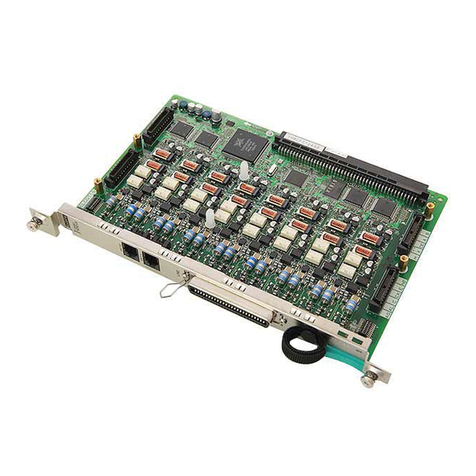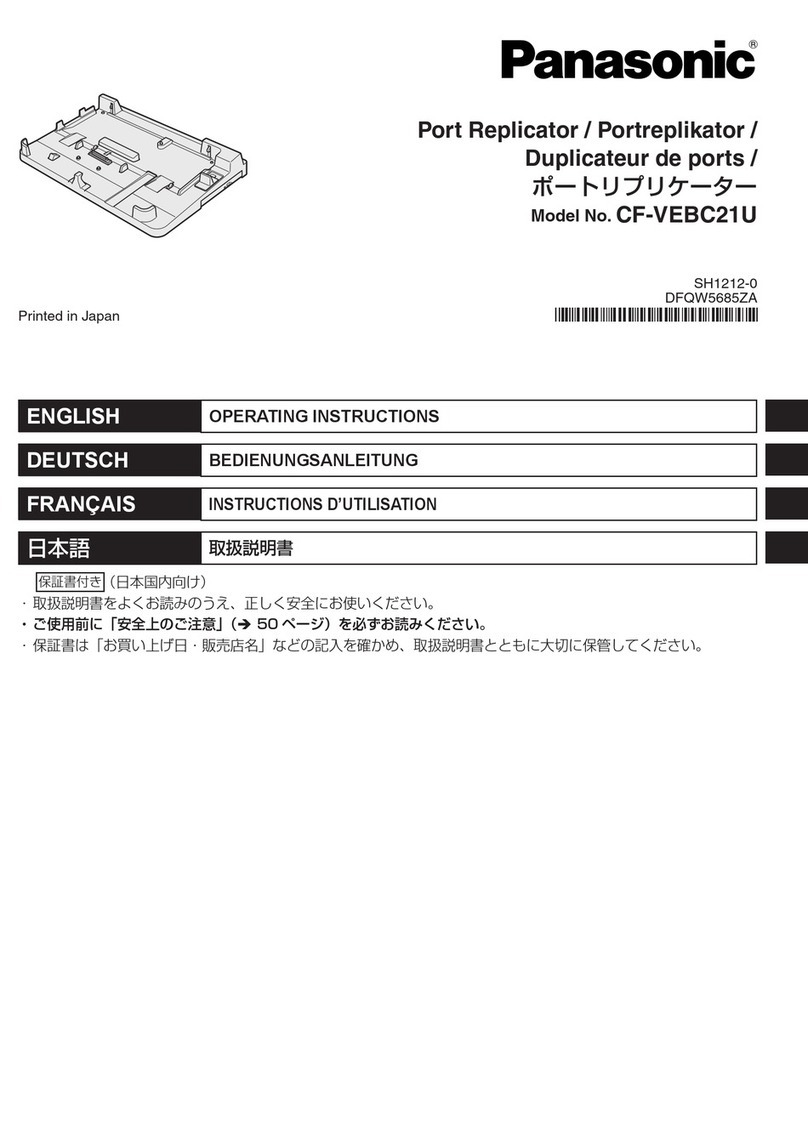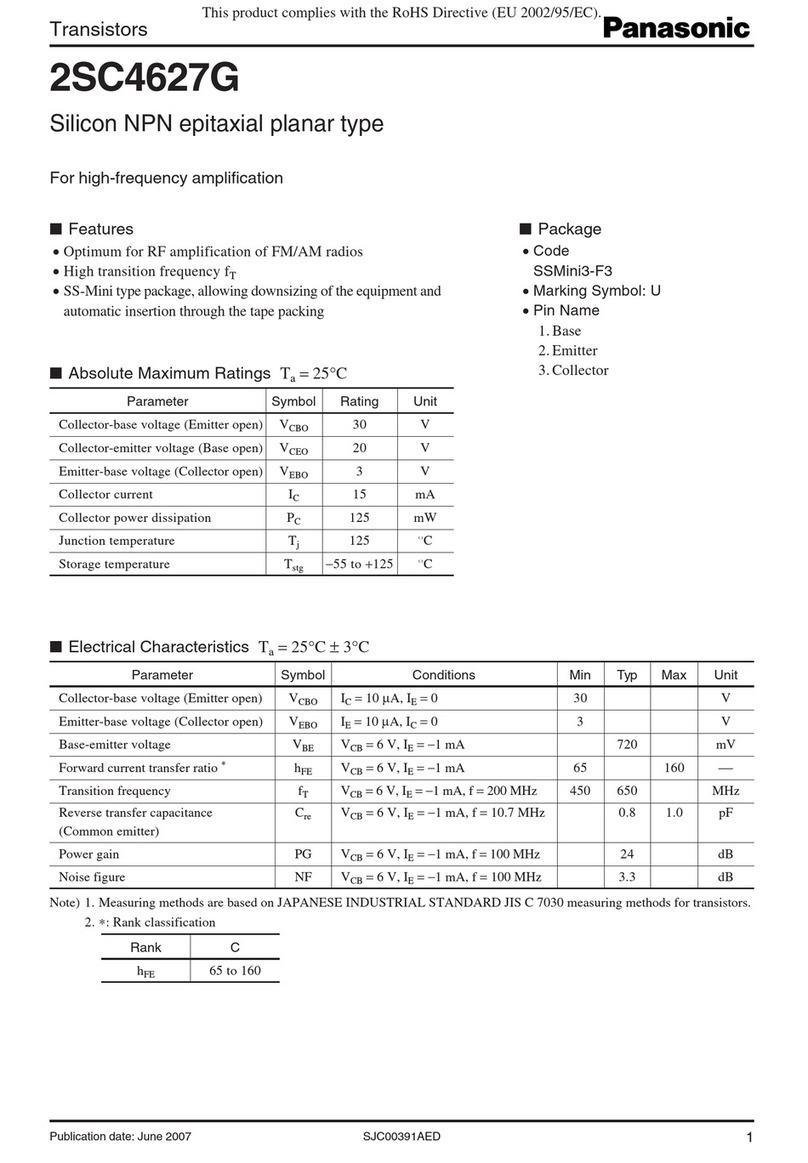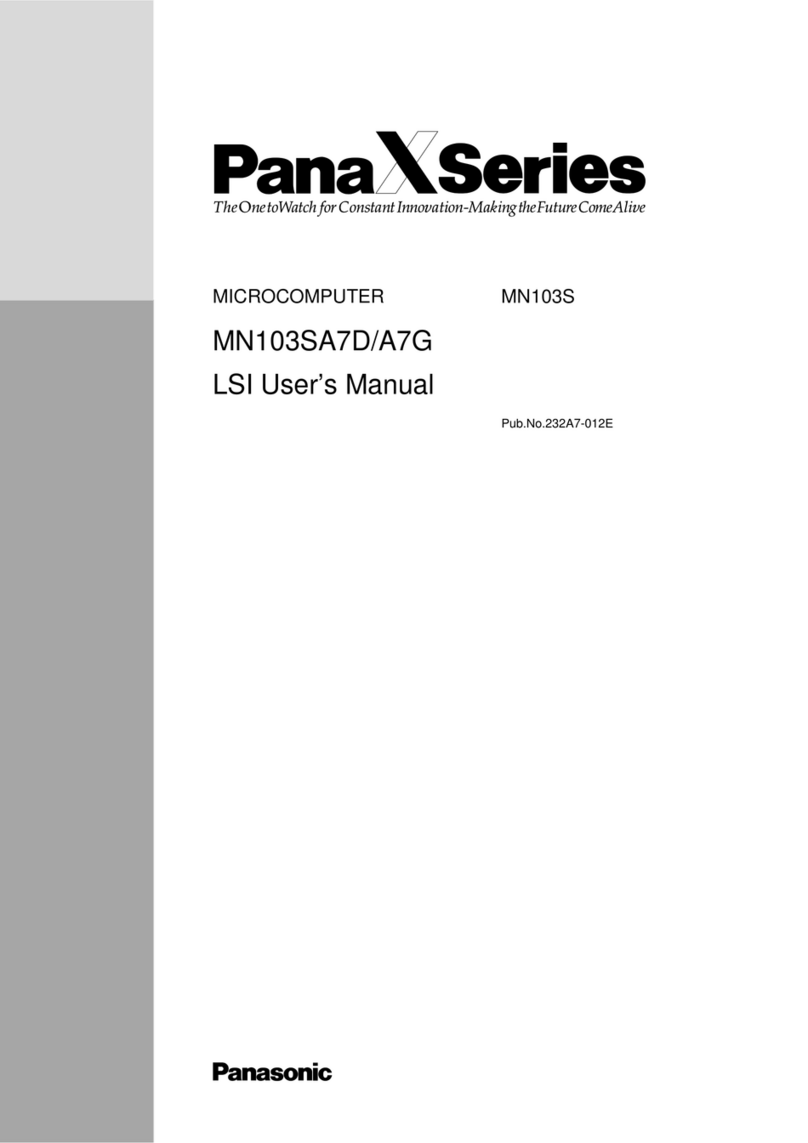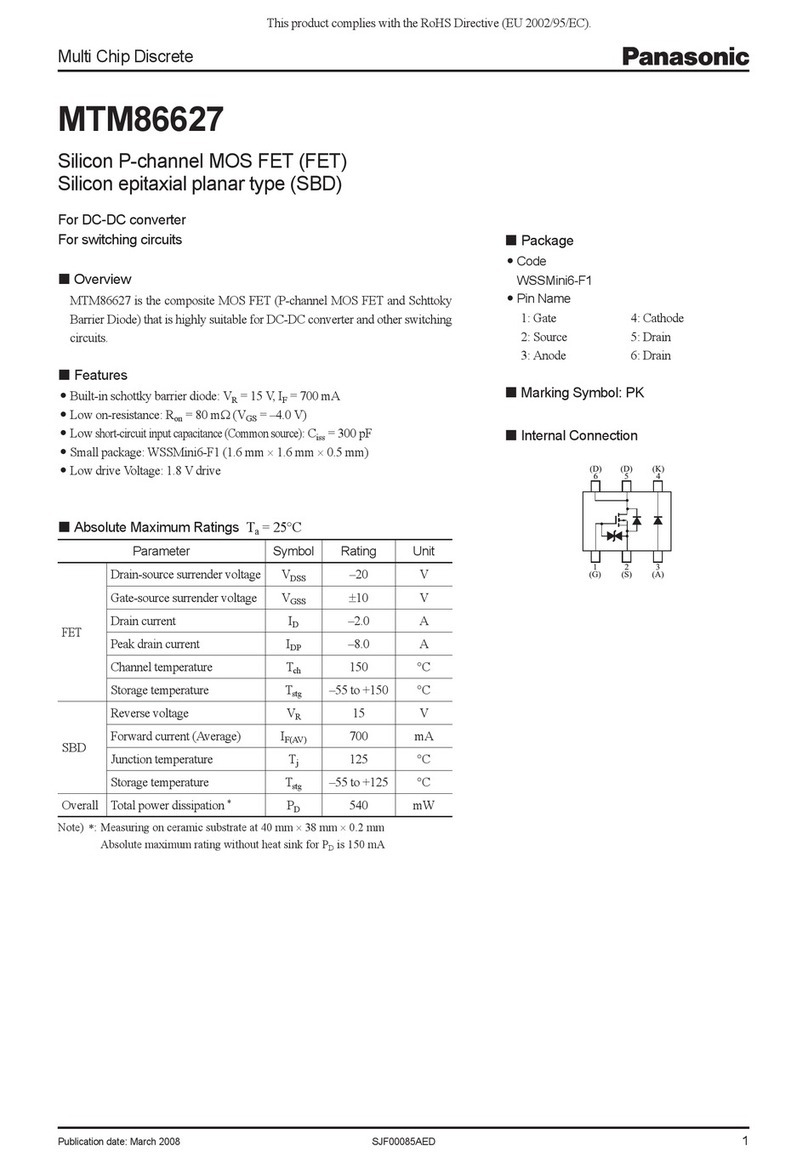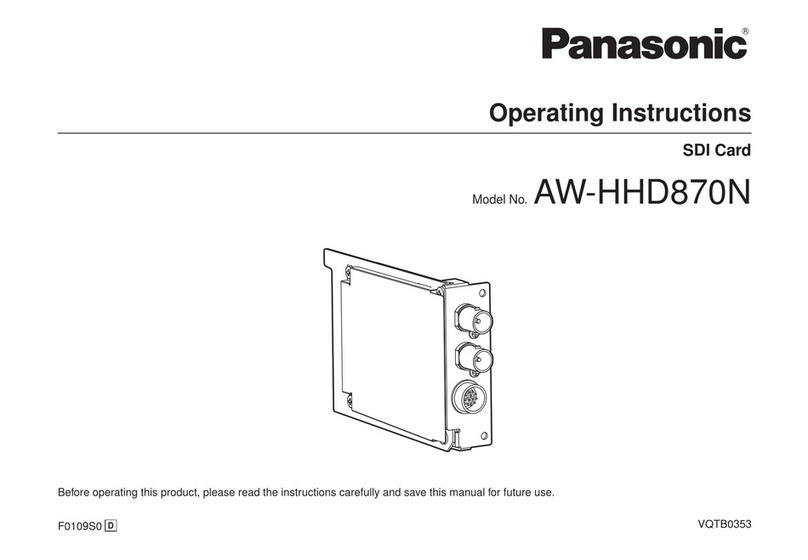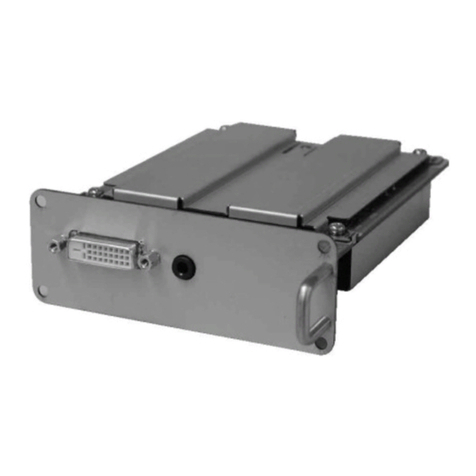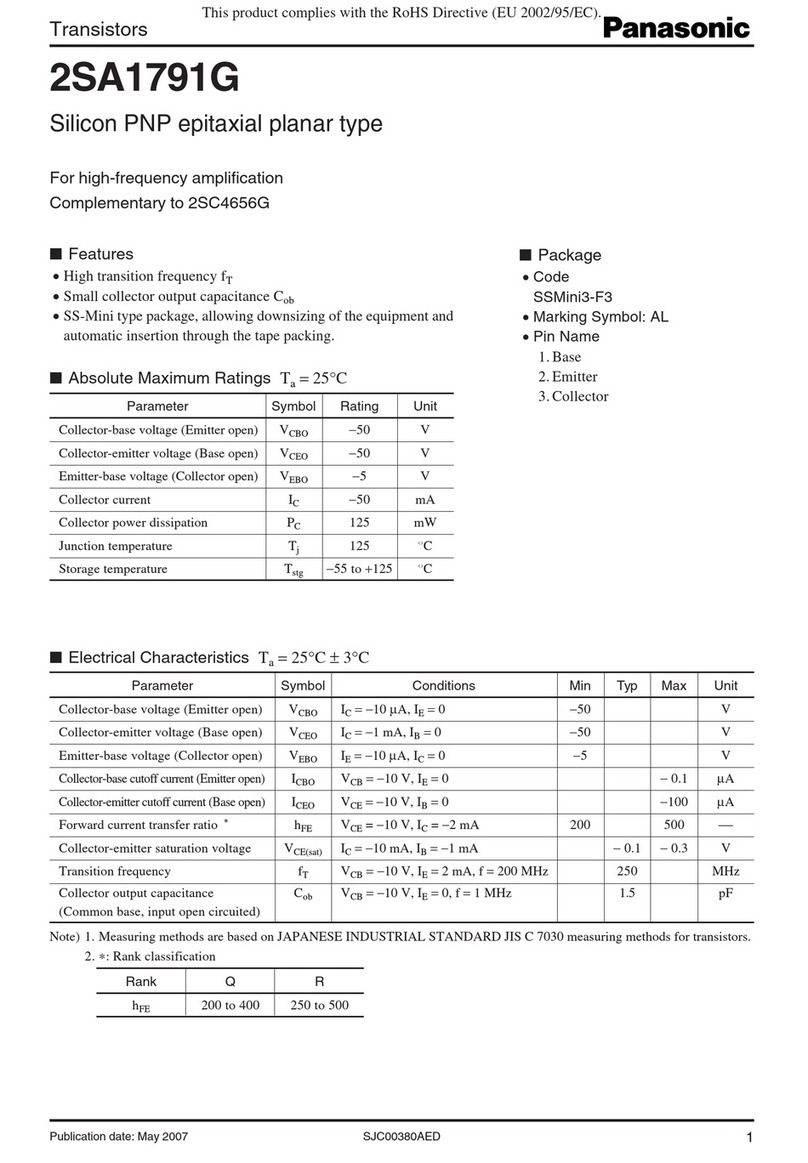
Installation Manual 3
Important Safety Instructions
When using telephone equipment, basic safety precautions should always be followed to reduce the
risk of fire, electric shock and injury to persons, including the following:
• Follow all product warnings, cautions, and instructions.
• Read all the information contained in this manual.
• Close and secure the front cover when the unit is in operation.
• This unit is equipped with a 3–wire earthing plug. The plug will only fit into an earthed power
outlet. Do not modify this plug in any way. If it cannot be inserted into the outlet, have the
outlet replaced by a licensed electrician.
• This unit is designed to operate at one specific voltage and current setting. The proper
voltage and current required for this unit are listed on the product label.
• Do not overload wall outlets. Overloaded outlets could result in fire and/or electrical shock.
• Use only the AC cord included with the unit when connecting the AC adaptor to the power
outlet.
• Install the unit so that the AC cord is not obstructed in any way. Do not connect the unit to
an extension cord.
• Before touching any internal components, turn off the unit, disconnect the AC adaptor, and
wait at least 20 seconds.
• Unplug the AC adaptor before cleaning the unit.
• Do not use solvents, liquid cleaners, water, or abrasive powders to clean the unit. Use only
a damp soft cloth for cleaning.
• Do not expose the unit to dust, moisture, condensation, high temperatures (more than 40
), vibration, and direct sunlight.
• Mount the unit on a stable wall surface. Do not mount the unit inside of a separate enclosure
unless it is properly ventilated.
• Mount the unit on a surface that is flat and free of obstructions, so that the openings on the
back of the unit will not be blocked.
• Do not block the vent slots and openings located on all sides of the unit. Allow at least 20
cm of space above and 10 cm on the sides of the unit.
• Do not install the unit near water or moisture, heating appliances, or electrical noise
generating devices such as televisions, monitors, fluorescent lamps, or electric motors.
• Handle the unit carefully. Do not drop or otherwise expose the unit to physical shock.
• Do not insert wires, pins, or any other material into the unit's vent slots or access points. This
could result in electrical shock and serious unit malfunction.
• If the unit malfunctions, disconnect the unit from the telephone line and check the line by
reconnecting the telephone. If the telephone operates properly, have the unit repaired by a
qualified service technician.
• Do not disassemble this product. Dangerous electrical shock could result. The unit must only
be disassembled and repaired by qualified service technicians.
• Unplug and transport the unit to a service technician if the AC adaptor or AC cord is frayed
or damaged, if the cabinet is cracked or broken, or if the unit has been exposed to moisture,
has been dropped, or is not otherwise operating properly.
• Do not use the telephone during a lightning storm or to report a gas leak in the vicinity of the
leak.
• The lines connecting the PBX and VPS must never run outside of the building.
• This product is only for connection behind a suitable PBX and should not be connected
directly to the network.
˚
